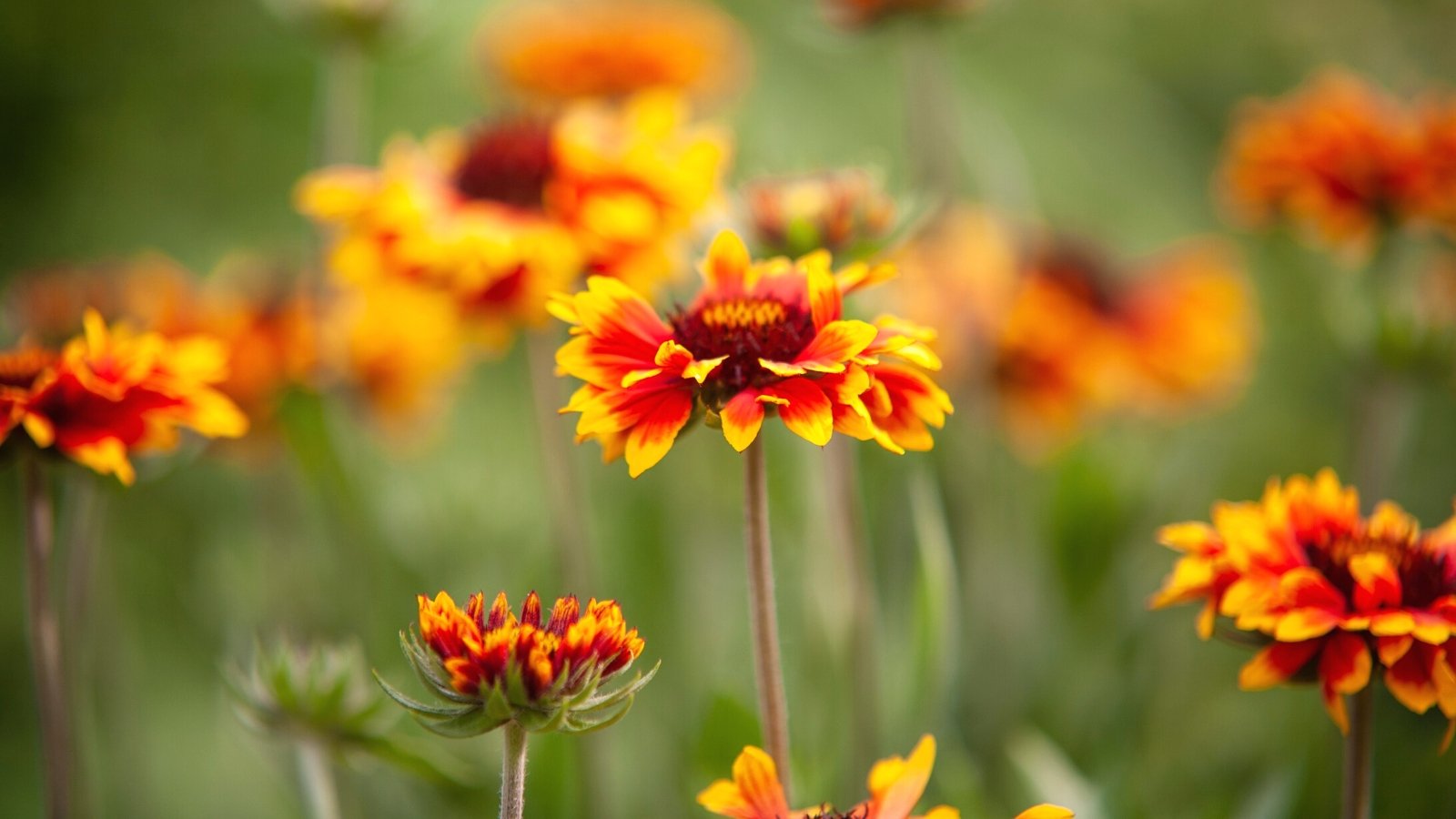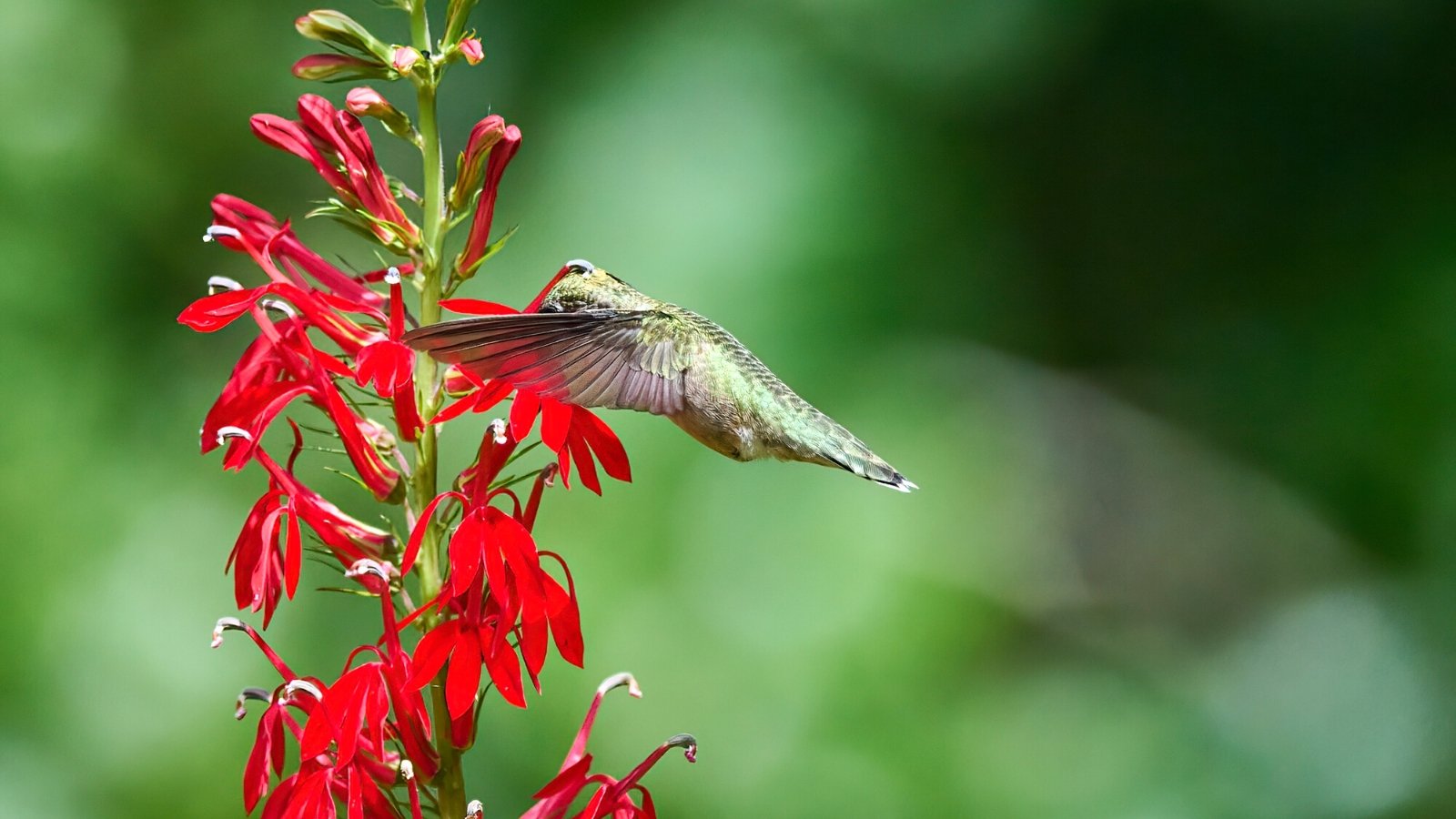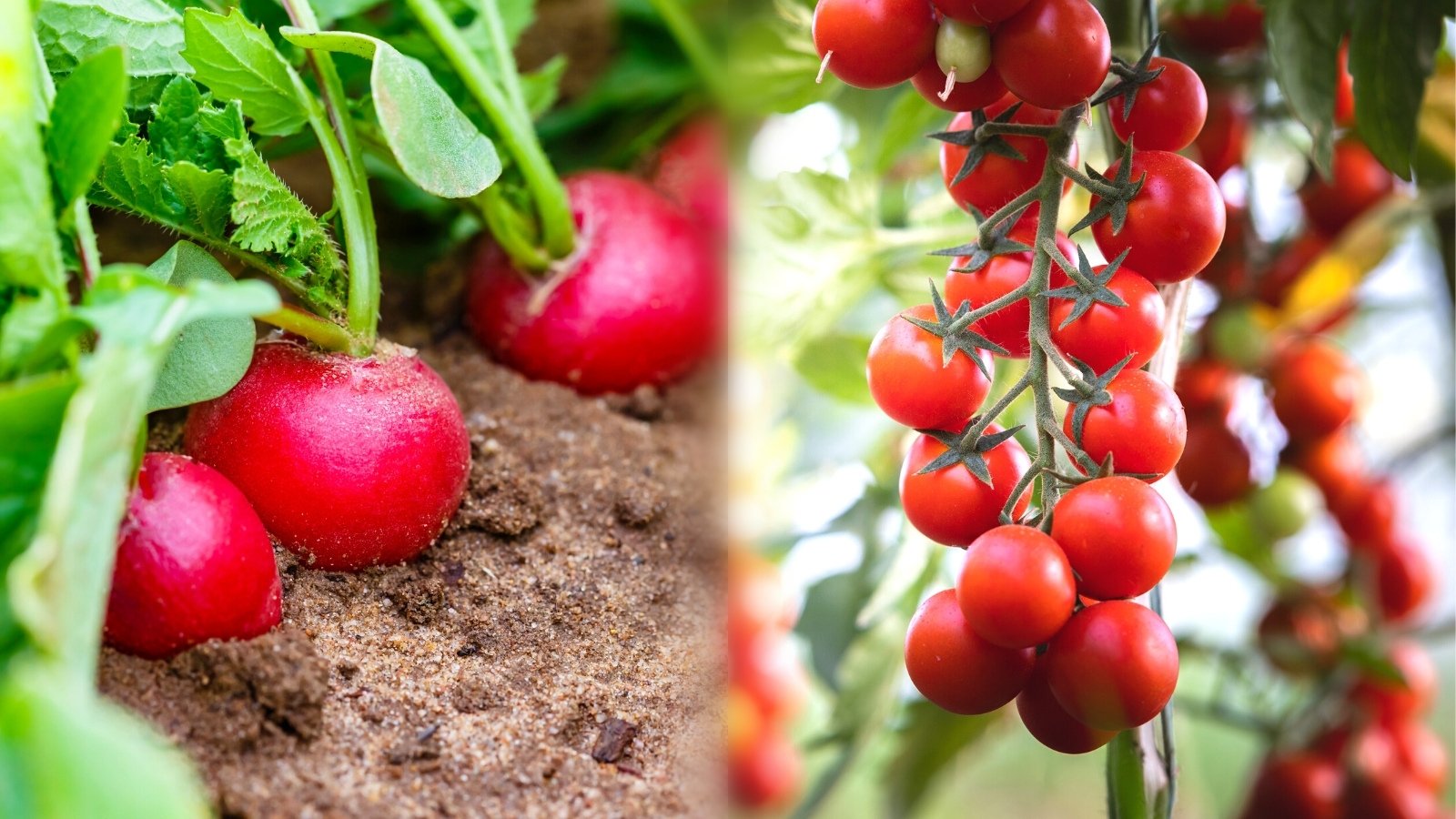The goji berry is a very cheerful looking bright red fruit that packs a powerhouse punch of nutritional benefits great for your health! Jammed with Vitamins A, C, E, B1, B2, B6 plus antioxidants, this little fruit does a lot of work for how little food it is! With its recent rise to fame, more and more people are looking to add the goji berry plant to their home garden.
This tart yet nutritious fruit grows on a shrubby set of branches that the savvy gardener could prune into trees. It produces a beautiful small purple flower that dangles from its limbs and attracts bees. Once pollinated, it grows into a light green fruit which eventually turns to bright orange, then a deep red juicy fruit.
Originally common in China, it’s now grown across the world in zones 3-10. A winter-hardy plant that can tolerate temps all the way down to just -15 degrees once established, this is a wonderful addition to any homestead or small backyard green patch.
Good Products At Amazon For Growing The Goji Berry Plant:
- Neem Bliss 100% Cold Pressed Neem Oil
- Safer Brand Insect Killing Soap
- PyGanic Botanical Insecticide
- Bonide Sulfur Fungicide
- Southern Ag Liquid Copper Fungicide
Quick Care Guide
| Common Name(s) | Goji berry, wolfberry, Chinese boxthorn, matrimony vine |
| Scientific Name | Lycium barbarum L. var barbarum; Lycium chinense mill var. chinense |
| Days to Harvest | 2-3 years |
| Light | Full sun |
| Water: | 1/2 in. per week. Avoid wet legs. |
| Soil | Loamy to sandy, well-drained soil; rich fertility |
| Fertilizer | NPK fertilizer high in nitrogen |
| Pests | Aphids; spider mites |
| Diseases | Powdery mildew |
All About The Goji Berry Plant

The goji berry, known by its botanical names Lycium barbarum L. var barbarum or Lycium chinense mill var. Chinense, is a sour little fruit that many consider to be a superfood. A member of the Solanaceae family, the same family as tomatoes, it originates in China. Only the berries on this tall, leggy shrub are eaten, but it can be used as an ornamental addition to the garden, or as a hedge. It produces long branches with small thin leaves, purple flowers, and small bright red fruits that dangle from the limbs like bells.
Known by many names ranging from wolfberry to Chinese boxthorn, matrimony vine, and more, this perennial will take several years to first produce its berries. You can speed up the process by planting a mature goji berry purchased from a local nursery and only wait one growing season. If starting from seed, this plant can take up to three years to produce your first crop of goji berries.
This plant once established is pretty frost hardy, and can actually tolerate temperatures down to -15 degrees. Once early summer comes, this pile of sticks will spring back to life! Gorgeous purple flowers appear in late spring and early summer and quickly are pollinated to become growing green berries. Later in the summer, the fruits turn a bright red color and are ready to be picked.
Keep an eye on your plants: this vigorous and leggy bush can be invasive, as the roots can send out suckers to extend their domain. Seeds too easily germinate and sprout up creating a wild grove of branches that need to be well pruned each year to let in light and keep the goji berry plants manageable.
While the goji berry can get rather large, it can still be grown in containers if they’re wide and deep enough. Try going with a pot at least 24” across and 24” deep. This is a great option especially if you have poorly draining soil.
Planting

When starting goji berries from seed, plan to start the seeds in the spring, but wait an entire year before planting it out into its permanent home. While young, these sprouts need to be protected from any frosts that their mature peers can easily tolerate.
If transplanting a two-year-old bare root plant, aim to get it in the ground at the end of spring. Before transplanting, soak the roots for at least an hour before placing it in a hole twice the size of the root ball that’s been amended with compost or rotted manure. If you’re planting several bare root goji berries, try to place them 3-5 feet apart, in rows that are 6-8 ft. apart. Remember that the goji berry becomes a rather bushy plant!
If your soil has problems with drainage, now would be the time to dig up much of the surrounding dirt and mix in an amendment like vermiculite to improve porosity.
Goji Berry Plant Care

Goji berries when left to their own devices can easily become a thicket of spindly long limbs. A few tips and tricks will help to keep them manageable and bring in larger harvests on a more regular basis. While growable in zones 3-10, these berries can fit into almost any garden and will produce fruit for up to 15 years if managed well.
Sun and Temperature
Find a nice and sunny location in your garden that will be the forever home of your goji berry. When planting, think about how large the full-sized bush will get, and make sure that even at full size, it will have full sun, it suffers even in partial shade.
A well-established plant won’t need to be moved when winter comes unless you’re somewhere that gets below -15 degrees. However, for a young plant’s first year, keep your goji berry away from any frost and bring it inside until spring temperatures return or provide winter protection. Conversely, if you live in an area that gets over 100 degrees, cover with shade cloth when temps reach that high.
Water and Humidity
Goji berries are very drought tolerant plants once well established. In the early years, monitor soil moisture to ensure that the ground around it doesn’t dry out. However, this plant needs relatively little water in subsequent years. Occasional slow, deep waterings using a soaker hose or drip hose are ample moisture for this plant.
Water one inch of water every other week during the summer months, and monitor the ground moisture levels using the finger test. During other months, unless the finger test comes back as completely dry, your goji berries should not need any more water.
Soil

Goji berry plants are not very particular about their soil needs. They are able to adapt to most soils as long they do not develop ‘wet legs’. Avoid overwatering, and make sure that you’re planting it in well-drained soil.
If you’re growing your goji in a container, aim for a loamy to sandy soil with a pH between 6.5-7.5. However, if it has good drainage, you should be on the right track.
The one element goji berries cannot tolerate is salinity. If you’re planting near the ocean, or in an area with high saline in the soil, you might want to try growing in containers with soil from elsewhere instead of inground. The goji roots suffer when they come into contact with salinity.
Fertilizing
While goji berries don’t need a lot of plant food, add nitrogen at least twice during the growing season, ideally during the plants’ flowering and fruiting phases. Additionally, add 2 inches of compost or mulch around the base of the plant after it has fruited. With goji berries, less is more. This hardy grower has a deep taproot that over time will extract much of what it needs from the soil it’s planted in.
Pruning
When left on their own, goji berries will produce long branches up to 12 feet tall and turn into thickets of growth that can be hard to harvest. In order to turn your goji bush into something manageable on par with other fruit trees, you’ll need to prune your goji berry on an annual basis. The benefits of pruning will make your fresh goji berries reachable come harvest time, as well as encourage bushier growth. It can even be pruned into the shape of trees. As your goji dislikes much shade, pruning also opens up the bush to more sunlight further encouraging a larger harvest.
Pruning goji berries is not a precise science and can be customized to each individual garden. The two main goals of pruning are to keep the branches of the goji bush short enough to be within reach, and to encourage lateral fruiting stems. To do this, cut any limbs that grow beyond 6 feet long. Additionally, cut away branches blocking light to encourage maximum light penetration into the leaves. Remove dead and damaged limbs, and any suckers growing where you don’t want a future bush.
Propagation
There are two methods for adding a goji plant to your garden. It’s possible to grow goji berries from seed. You may also choose to add a 1-2-year-old bare root to your garden. Starting from seed will most likely result in production in 2-3 years. If adding a bare-root, you may see a crop during the initial fall after planting.
If growing from seed, place seeds at 1/8th inch deep in potting soil or seed starting mix and keep in a warm and sunny place. It’s possible to germinate and grow your plants under grow lights for the initial 6-9 months. The seeds germinate relatively quickly and need to be kept evenly moist. Keep in mind, if growing from seed, that there is some variability within seeds and you may find slight differences in your plants.
Harvesting and Storing

Goji berries are delicate and easily bruised. If they weren’t so good for our health we may not grow them otherwise! As they quickly deteriorate, try to know how you will use this food before you harvest it.
Harvesting
These berries will slowly ripen over a long summer, they start out as light green, turn to orange, and then a deep red. When the berries are a deep red color, you know it’s time to pick them! Don’t be surprised however when the berries prove to be sour or tart. That’s what they’re supposed to taste like. While the tartness may seem strange given how popular these berries are, remember these berries’ use lies in their health benefits.
To pick, gently pluck the berry off the bush with your fingers. Avoid using any tools that would pick several at once as that may bruise the fruit. After harvest, add organic mulch that will begin to break down and add nutrients to the surrounding soil.
Storing
Most goji berries sold in the United States are sold dried as a result of how delicate and fragile they are when fresh. They’re often imported and sold at Asian markets. It is relatively easy to sun dry or dehydrate your berries for long-term storage.
However, juicing is becoming increasingly popular and some people are growing gojis just for their juice. Many of the nutrients available in the berries can be squeezed out and consumed in juice form. Trying freezing the juice if you’re juicing large quantities at a time. It may be helpful to add another sweeter ingredient as well to mask or at least offset the tartness of the goji berry.
Extracting Seeds
Extracting seeds from goji berries is fairly easy. Either start with a dried berry or wait for your berries to dry out. Gently cut it open and with your fingers roll the tiny seeds out of the fruit and onto a plate. These seeds can then be stored or germinated.
Troubleshooting

Goji plants are a fairly easy crop to raise and don’t suffer from many diseases. Their biggest issues come from uneven watering or days with temperatures hovering over 100 degrees.
Growing Problems
Goji berries are sensitive to too much moisture and are drought-tolerant growers. With these plants, less is more! To ensure that the right amount of moisture gets to the roots, try sticking your finger into the ground around the base of the plant and feeling for moisture. If wet soil easily sticks to your finger, then there is too much moisture, and a problem called blossom end rot can affect the berry.
Pests
Ants and aphids often will show up on your goji berry plants. They can damage leaves and transmit diseases. They can be hosed off, or killed with pyrethrin. Additionally, for the ants, try leaving ant traps around the base of the branches to keep them from invading.
Spider mites attack the leaves and cause them to fall. If this happens too early in the season, this can hurt berry growth. Apply insecticidal soap or neem oil before the infestation grows and keep an eye out for their re-emergence.
Diseases
Powdery mildew is the main disease you may find attacking your plants. This disease appears as a white powder looking film over leaves, limbs, and fruit. As this disease thrives in the shade, effective pruning can prevent this. However, if it appears, try spraying with a sulfur solution to kill this fungal disease. Common neem oil can act as a preventative measure.
Frequently Asked Questions

Q: How long does it take for goji berry to fruit?
A: If growing from seed, you’ll get your first fruit harvest after two years, with a larger harvest after the third year. If growing a bare-root plant, you’ll see a harvest possibly within the 1st growing season.
Q: Can you grow goji berries in UK?
A: Yes. Goji berries grow in every growing zone of the UK.
Q: Do goji berry plants spread?
A: Goji berry plants spread through root suckers, tip rooting, and by dropping their seeds. They are known to grow vigorously and invade surrounding open areas.














